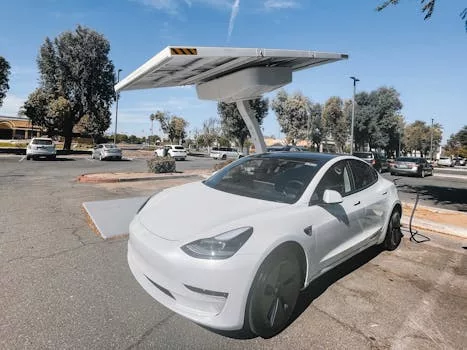
Smart Cities: Urban Trends for 2025
Smart Cities are revolutionizing the way we live, work, and interact with our urban environments. As we approach 2025, it’s essential to explore the latest trends shaping the future of our cities. With a focus on Smart Cities, this article will delve into the innovative technologies, sustainable practices, and creative solutions transforming urban landscapes worldwide.
Introduction to Smart Cities
A smart city is an urban area that uses information and communication technologies (ICT) to enhance the quality of life for its citizens. This concept has gained significant attention in recent years, as cities face increasing challenges such as population growth, environmental degradation, and resource depletion. Smart cities aim to address these issues by leveraging technology to create more efficient, sustainable, and livable environments.
Urban Trends for 2025
As we look to the future, several urban trends are expected to shape the development of smart cities in 2025. Some of these trends include:
- Sustainable Infrastructure: Cities are investing in green infrastructure, such as green roofs, urban forests, and renewable energy systems, to reduce their environmental footprint.
- Smart Mobility: Electric and self-driving vehicles, hyperloop systems, and advanced public transportation networks are being developed to reduce congestion, emissions, and travel times.
- Internet of Things (IoT): The integration of IoT devices and sensors is enabling cities to collect and analyze data on various aspects of urban life, from energy consumption to waste management.
- Artificial Intelligence (AI): AI-powered systems are being used to optimize city operations, predict and prevent crime, and improve public services.
- Citizen Engagement: Cities are leveraging digital platforms and participatory governance models to increase citizen participation, transparency, and accountability.
Case Studies and Examples
Several cities around the world are already implementing these trends and showcasing the potential of smart city technologies. For example:
- Barcelona, Spain: The city’s Smart City initiative has implemented a range of projects, including smart lighting, waste management, and urban mobility systems.
- Singapore: The city-state’s Smart Nation program has introduced a range of digital services, including a national digital identity system, e-payments, and smart home initiatives.
- Copenhagen, Denmark: The city’s carbon neutrality goal has driven the development of innovative green technologies, such as biomass-powered district heating and carbon-neutral transportation systems.
Conclusion
In conclusion, the future of smart cities in 2025 is exciting and full of possibilities. As cities continue to evolve and adapt to the needs of their citizens, it’s essential to stay informed about the latest trends, technologies, and innovations shaping the urban landscape. By embracing these changes and collaborating with stakeholders, we can create more sustainable, efficient, and livable cities for generations to come.





